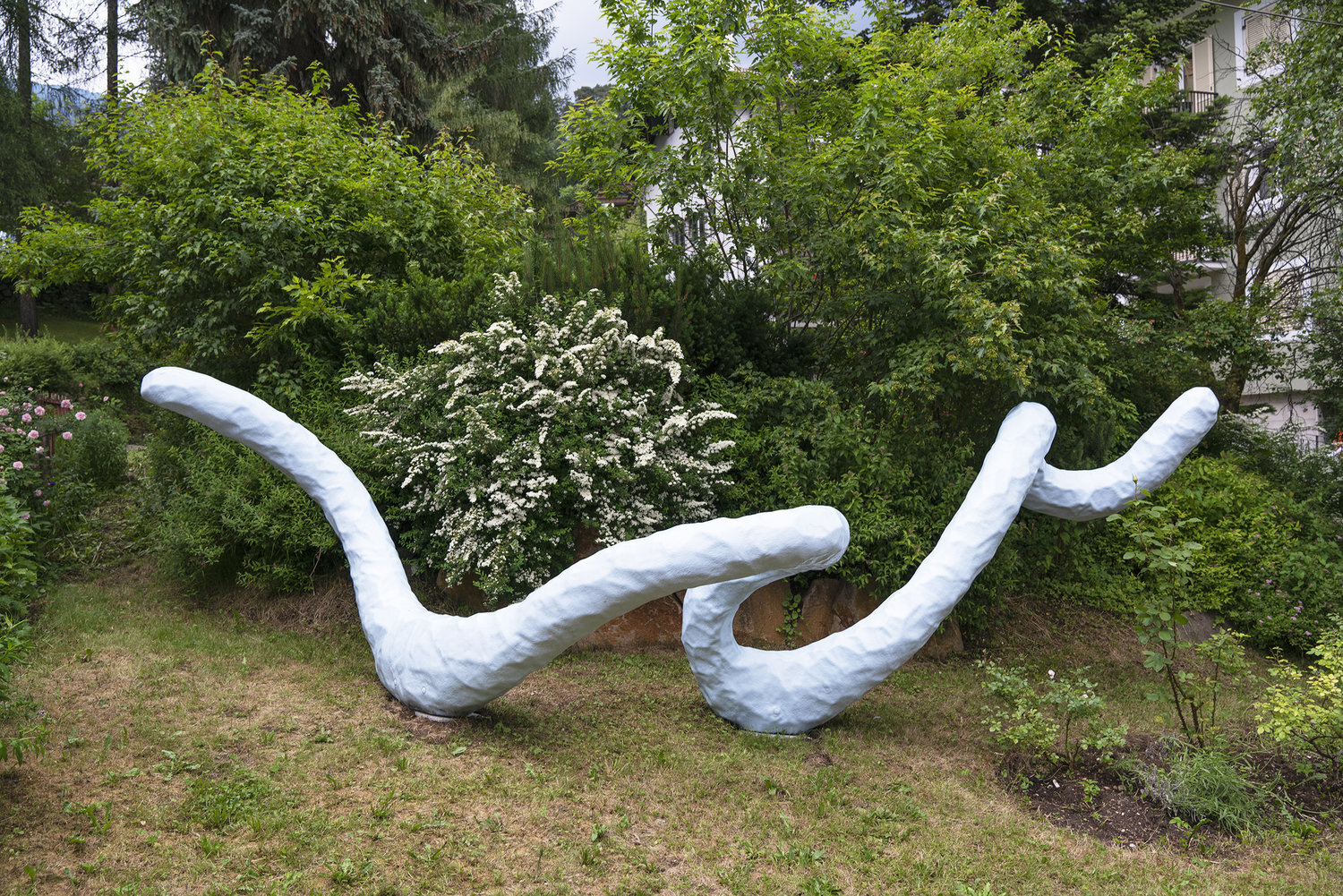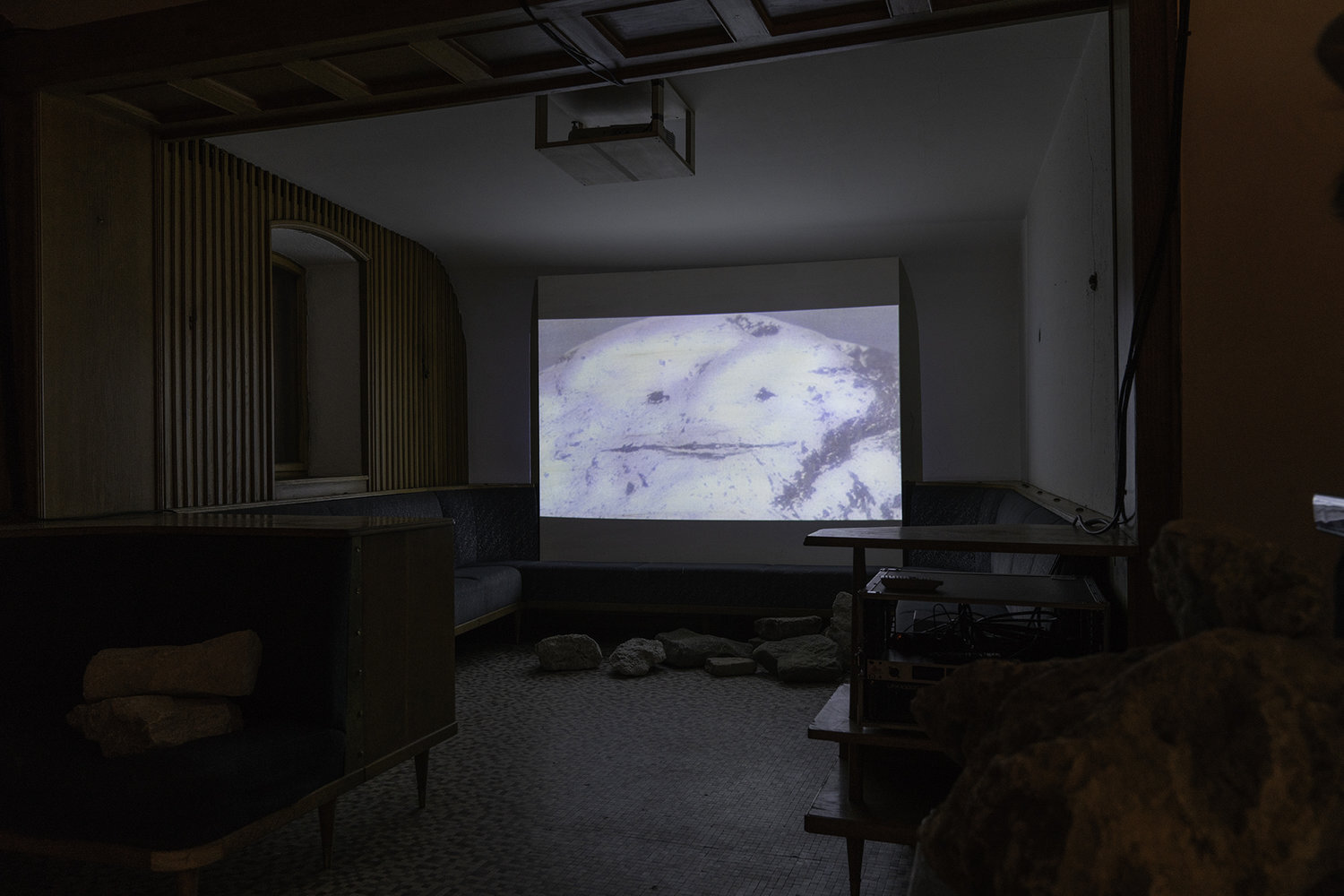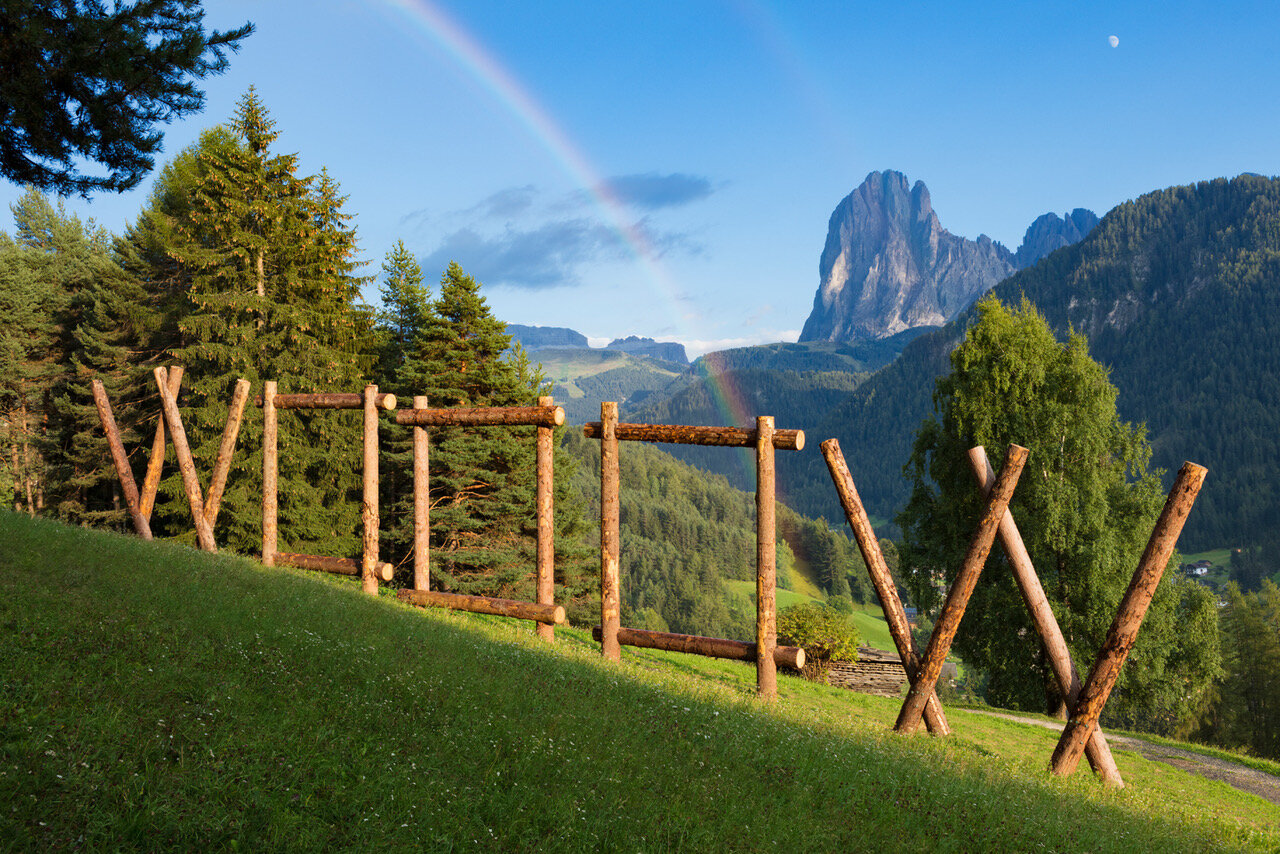






Concept
Poetry and Place. Poetry in Place.
Poetry of Da-sein. Is Place. A Poetry.
A Walk Along a Country Path.
For when the traveler returns from the mountain-slopes into the valley, he brings, not a handful of earth, unsayable to others, but instead some word he has gained, some pure word, the yellow and blue gentian. Perhaps we are here in order to say: house, bridge, fountain, gate, pitcher, fruit-tree, window,—at most: column, tower?…but to say them, you must understand, oh to say them more intensely than the Things themselves ever dreamed of existing.Isn’t the secret intent of this taciturn earth, when it forces lovers together, that inside their boundless emotion all things may shudder with joy? Threshold: what it means for two lovers to be wearing down, imperceptibly, the ancient threshold of their door – they too, after the many who came before them and before those to come…, lightly.
The Ninth Duino Elegy, Rainer Maria Rilke
Precarious Times
“Poetry is the language of nonexchangeability", thus Italian philosopher Franco “Bifo” Berardi defines the poetry in his “The Uprising. On Poetry and Finance” (2012), an Autonomist manifesto for today’s precarious times which the philosopher identifies with a crisis of the social imagination. “Bifo”’s is a demand for a new language, a boundless language whose potentiality is not restricted to the limits of the signified; here, the poetry appears as an unexpected linguistic political weapon which guarantees “the return of infinite hermeneutics, and the return of the sensuous body of language”. “Bifo” continues by describing the poetry as “an excess of language, a hidden resource which enables us to shift from one paradigm to another”, offering new pathways of signification and activating the relationship between the sensibility and time.
A Destitute Time
In his essay “Why Poets?” (1946), German philosopher Martin Heidegger discusses the role of poets and the challenges of poetry in “a destitute time”. For Heidegger, “Poets are the mortals who gravely sing the wine-god and sense (spüren) the track (Spur) of the fugitive gods; they stay on the gods' track, and so they blaze (spuren) a path for their mortal relations, a path toward the turning point”. Written originally as a lecture to be delivered on the twentieth anniversary of the death of the poet Rainer Maria Rilke, “Why Poets?” had been published in 1950 in Heidegger’s volume of essays “Holzwege”[1] (“Off the Beaten Track”), along with such pivotal philosopher’s text as “The Origin of the Work of Art” where he declares all art being a poetry: “Truth, as the clearing and concealing of that which is, happens through being poeticized. All art, as the letting happen of the advent of the truth of beings, is, in essence, poetry.” For Heidegger, “poiesis” is synonymous with “bringing-forth into presence”, perceived as an act of shifting from concealment into unconcealment, towards a “revealing”, aletheia, the truth. Heidegger associates the poetry with the politics of dwelling. Dwelling occurs only when poetry comes to pass and is present as taking a measure for all measuring. This measure-taking is itself an authentic measure-taking, no mere gauging with ready-made measuring-rods for the making of maps. Nor is poetry building in the sense of raising and fitting buildings. But poetry, as the authentic gauging of the dimension of dwelling, is the primal form of building. Poetry first of all admits man’s dwelling into its very nature, its presencing being; it is the original admission of dwelling understood by Heidegger as the being’s authentic form. We achieve it not by representing the world (Vorstellung), but when we stand in a site, open to its being, when we are thrown or called. The site is then gathered into a whole for which we take on an insistent care (Besorgung).
Poetry constitutes Heidegger’s topology of Being: “poetry that thinks is in truth the topology of Being. {This topology} gives to such poetry the locality of its essence”.
Towards Nearness
Thus, wandering through diverse “forest paths” (Holzwege) that had previously granted the primacy of temporality, Heidegger turns his attention to place as the very scene of Being’s disclosure and of the openness of the Open in which truth is unconcealed. In his “Conversation on a Country Path” (written in 1944, first published in 1959 and conceived as a trilogue between a “Scholar”, a “Scientist” and a “Teacher”), the philosopher further elaborates the Open (das Offene) and investigates the possibility of thinking it in regional terms. “We take the region itself as that which comes to meet us”, the Scholar explains, while the Teacher introduces the active gerund Gegnen (regioning) as a “gathering and re-sheltering for an expanded resting in an abiding”, thus complementing the understanding of the region as simultaneously an expense and an abiding. “It abides into the expanse of resting. It expands into the abiding of what has freely turned toward itself”, the Scholar unfolds. Heidegger’s thinking gets denser and rhizomatic; yet another noun form comes at play, Gegnet, “that-which-regions”, polymorphous in nature, all embracing and generous - the opening of the Open - defined by the Teacher as “an abiding expanse which, gathering all, opens itself, so that in it the Open is halted and held, letting everything merge in its own resting”. Thus through the alter ego of the Scientist the philosopher returns to his beloved nature of thinking expressed in the dynamics of nearness and distance; “that-which-regions” would itself be nearing and distancing, or to be more precise: “the nearness of distance, and the distance of nearness”. The notion of nearness dominates Heidegger’s later period and, as Edward S. Casey rightly observes, leads him to a renewed concern with dwelling and thence to a revised vision of place. To be in a place is to be near to whatever else is in that place, and predominantly the things that are co-located there, while dwelling is always “dwelling in nearness”. Elaborating his poetry of proximity, Heidegger emphasizes the closeness and the the intimacy of things or people as they are gathered, and themselves actively gather, in a particular place. With nearness, the Open is not enclosed, but instead it is specified as neighborhood. Neighborhood is what nearness “brings about”; it means: “dwelling in nearness”. Here, in the nearness of neighborhood, the place is made intimate as a scene of a face-to-face encounter.
But “Still, what is place?”, Heidegger repeats the question in his last major text “Art and Space” (1969) where he explores the role of space, and more particularly place, in the plastic arts, especially sculpture. It is an opening, the philosopher concludes, as “place opens a region (Gegend) by every time gathering things into their belonging together”. Place is an agent of gathering and belonging, but most importantly, place is a possibility: it opens up “regions of possible human dwelling and of the possible lingering of things that approach and surround human beings”.
Writing the Mountains
Inaugurated on June 23rd, 2018 - the day of 268th anniversary of the birth of a Father of the Dolomites, Dieudonné Sylvain Guy Tancrède de Gratet de Dolomieu usually known as Déodat de Dolomieu, French geologist who in 1792 discovered a calcareous rock which would be named after him along with the grandiose mountain range of northeastern Italy - the 6th edition of the Biennale Gherdëina is a venture into the polymorphous nature of the mountains and their language.
Conducted under a desire of WRITING THE MOUNTAINS, the exhibition combines liminal disciplines of cultural geology, communal ecology, performative science and relational practice of engaged aesthetics, challenging conventional forms of representation and perception as in a reference to the vocabulary of nature, landscape and a community. It is a polylogue; it foregrounds collaborative and participatory modes of working, mingling polyphonic forms, from performance, including dance and singing, poetry and spoken word, through architecture and design, staging and display, down to the ephemeral forms, focused on communal spirit, engagement, and collectivity, notwithstanding research and in situ fieldwork. As such, WRITING THE MOUNTAINS is a poetic proposition; here, in what may be considered an act of learning from the mountains, (the language of) poetry is a score for a collection of artistic utterances that celebrate the site and its sublime intensity.
Poetic narrative Überwasser by Alessandro De Francesco, commissioned by the Biennale is a manifesto of an “intimate immensity” of the Dolomites: a series of sensual tableaux that along with a lexicon of the nature’s elemental language provide a prototype for WRITING THE MOUNTAINS multiple scenarios. From Gianni Pettena’s architectural intervention of POIESIS, echoing the anarchitect’s radical gestures of the late 1960s, through Nico Vascellari’s explorations of the alchemy and paganism, down to the lyrical fetishism of materials in the sculptural poetry of Alicja Kwade’s work, the exhibition zooms in and out the region’s dynamics of cultural, historical and linguistic nearness and distance. WOOW by Claudia Comte and her wooden Morphing Sculpture 1: Donut, Cactus and Snake (Viscosity Range) in a humorous way examine the formal vocabulary of surrounding nature and its geological past, along with Egill Sæbjörnsson’s animation Can Boulders Love?, yet another witty and oftentimes nostalgic take at the Dolomites’ morphological geo-diversity, a particular portrait of belonging. Sissa Micheli’s grandiose opera, Dolomieu, based upon the life and work of an adventurous scientist and performed on the balconies of Ortisei and Mathilde Rosier’s diorama, constructed within the backstage of Casa Ladina and restaging the artist’s procession We are those Fossils hidden in those Rocks. We are the Ocean hidden in Time appropriate the place as a vivid field of the Open, a performance of the region’s astounding natural history, while the Pavilion for Poetry Diogenes’ Barrel, commissioned by the biennale and especially designed by Jiří Příhoda, becomes a shelter for the poetic elaboration of a place, masterfully drafted by Alessandro De Francesco and an architectural framing of Sassolungo’s spectacular appearance. Public banquet Il dipartimento deglo avvoltoi (Departimënt di valtoies) by Fabien Vallos as both a gathering and an encounter is a monument of a collectivity, a sincere expression of Heideggerian “letting-oneself-into-nearness”, while Stefan Papčo’s wooden sculptures movingly celebrate the sense of belonging and praise the mountains as a place of ethical challenge and extreme existential experience, a poetic act of subjective world-making.
Mythical and mystical, “a book written in stone”, the Pale Mountains of the Dolomites, are opened up and transformed into a stage of an active poetry of proximity, performed by the artists in a generous series of encounters with the place and its lure. Thus as a sequel to the previous edition of the biennale which focused on the rhetoric of longing, WRITING THE MOUNTAINS searches for the patterns of belonging, identification and cohabitation. It pays an homage to the breathtaking mountains and the community which inhabits them, reflecting the endurance and resilience, so typical for this place and its people, praising the mountains as a site of awe and intimacy, emancipation and resistance. The exhibition considers the biotope of the mountains as a ritual in flux, archetypal and ever changing, redrafted and transcribed, over and over anew, both phantasmagoric and real, simultaneously sublime and mundane, an articulation of a desire, woven of legends, myths and everyday dreams.
The Creation of the World
“Poetry is the reopening of the indefinite, the ironic act of exceeding the established meaning of words”, Franco “Bifo” Berardi reminds, and once again emphasizes the poetry’s liminal feature as the language’s excess: “poetry is what in language cannot be reduced to information, and is not exchangeable, but gives way to a new common grand of understanding, of shared meaning: the creation of the world”.
[1] “‘Wood’ is an old name for forest. In the wood there are paths, mostly overgrown, that come to an abrupt stop where the wood is untrodden. They are called Holzwege”, thus Martin Heidegger explains his title and highlights its dual meaning: “Each goes its separate way, though within the same forest. It often appears as if one is identical to another. But it only appears so. Woodcutters and forest keepers know these paths. They know what it means to be on a Holzweg”.
